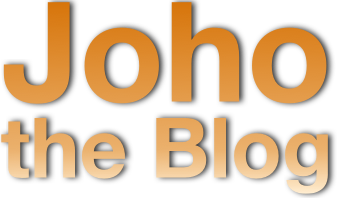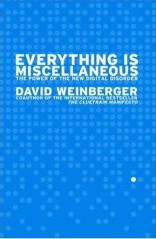August 30, 2024
AI’s idea of knowledge
Traditionally in the West we define knowledge as a justified true belief. But the experience of knowledge usually also requires understanding and a framework of connected pieces of knowledge.
Guess what machine learning lacks: understandability and a framework from which its statements of knowledge spring.
We might want to say that therefore ML doesn’t produce knowledge. But I think it’s going to go the other way as AI becomes more and more integral to our lives. AI is likely to change our idea of what it means to know something…
Continued at the Peter Drucker Forum









